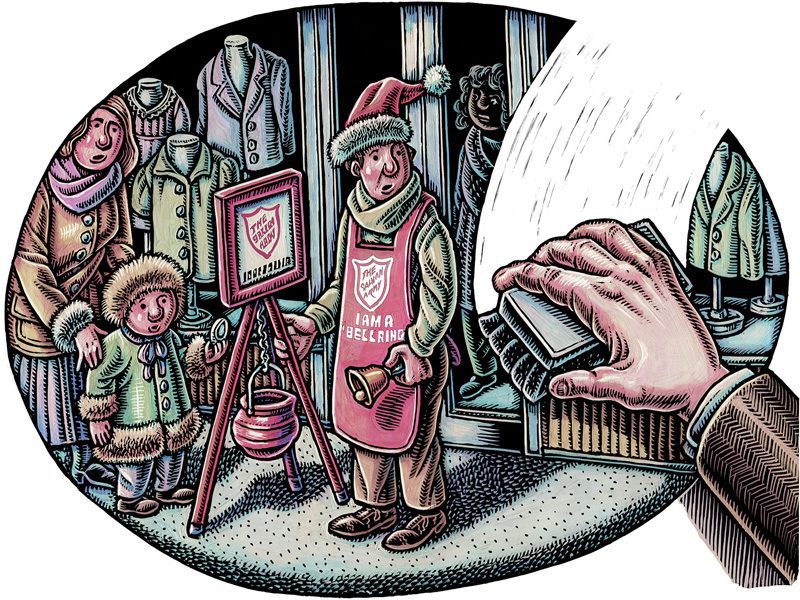sharperFocus
by Kelly Pontsler, Major –
The picture isn’t huge, but it makes an impression! Paul Cézanne’s Kitchen Table is the latest painting to really get my attention.
I’ve been spending quite a bit of time at the museum lately—courtesy of an annual membership received as a birthday gift earlier this year. The de Young Museum in San Francisco has hosted two extraordinary exhibits of impressionist and post-impressionist paintings this year, and as a member I have managed to get my hands on several sets of tickets at no cost. The thing is, although I can share the tickets with a friend, as the member I have to go every time! (No sadness on my part, I assure you!)
The colors and images captured by these two schools of painting are amazing to me on many levels. The artists’ ability to transform blobs and globs of paint, pin dots and thick lateral strokes into something recognizable mesmerizes me. I spend a lot of time just staring at the brush strokes. (Somewhere deep inside of me I’m sure there’s a painter just waiting to get out!)
The subject of Kitchen Table is just what it says, a kitchen table piled with fruit and other items. I suspect that for many people, a quick over-the-shoulder glance as they walk by would elicit an “uh huh, yes, nice” kind of observation. But stop and stare, really soak it in, and you begin to see the artistic gift and expert skill.
When you wander through museums, do you take the time to read the little information cards in the exhibits? I do. A ton of research goes into writing those short little blurbs. So it was no surprise that I hovered a moment to read, and there it was, right there on the information card, that word: modulation. Huh? It’s a great word—rolls off the tongue, makes you sound very smart, but what on earth does that have to do with art?
In music, a modulation is a change of key. You start in the key of D and with a few notes of transition you suddenly land in the key of Eb (up a half tone from where you started). A change from what was to what is, from things past to things present, a new reality.
Hue (colors) and tone (lightness or darkness) are essential elements in all painting masterpieces. Cézanne’s trick was to lay very different colors side by side, in small strokes, to create the sense of space and volume. There’s no blending, no gentle smoothing. Clear, distinct strokes, each one a precise color, each one different from the previous, every dip of the brush into the paint well resulting in a new reality of color. Paul Cézanne was a master of modulation.
As I stood quietly in the museum the other day and pondered that, my mind suddenly connected the dots to a new and profound thought: Christmas is the celebration of the greatest modulation of all time! Some 2,000 years ago a little baby was born and his birth changed the course of history, from what was to what is, from things past to things present and future. “The Word became flesh and dwelt among us.” He was God’s Son here on earth. Different in “hue and tone” from the rest of us, and yet still one of us. In clear, precise strokes his life defined the space and volume of real life for the rest of us. Modulation. Change. A new reality. Compliments of the Master Designer himself. Too cool!
Merry Christmas!










